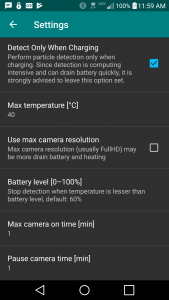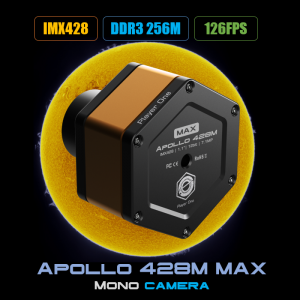
Odds are there is a smartphone within reach as your read this, and much of what defines it as “smart” has to do with its sophisticated integration of camera sensors. We use those cameras to capture, well, everything, but because our smartphone-camera focus is overwhelmingly on scenes our eyes can perceive in visible light, it’s easy to forget that those same camera sensors are capable of “seeing” (detecting) far more. Including cosmic rays.
CREDO (Cosmic-Ray Extremely Distributed Observatory), DECO (Distributed Electronic Cosmic-Ray Observatory) and CRAYFIS (Cosmic Rays Found in Smartphones) are projects that leverage citizen-scientists’ widely-distributed smartphones into coordinated networks of cosmic-ray detectors via Android or iOS apps. These projects are not new – CRAYFIS captured a lot of press four years ago – but they are gaining increased relevance as smartphones and their cameras become ever more capable and ubiquitous.
DECO is not currently available in either the iOS or Android app store. Instead, it requires that you sideload two applications directly from its app site – the DECO app proper and a separate data logger. CRAYFIS has Android and iOS apps, but their beta tests are closed, for now. Of the three, only CREDO’s app is currently available from either official app store, and for now, it’s Android only.

We tested the CREDO Android application and found it easy to set up and use. Because the device’s primary camera sensor was in constant operation while the app was running, the phone generated a lot of heat, indicating significant power draw.
This is not an app you want running in the background when your phone is not connected to a charger. Fortunately, the app’s developers provided for this issue in its settings. Tap the square next to the “Detect Only When Charging” option, and the resulting check mark confirms the app is in that battery-conserving mode. As the option explains, “Since detection is computing-intensive and can drain battery quickly, it is strongly advised to leave this option set.” Just so.
Because all that computing-intensity generates heat, the settings also allow you to set the maximum temperature above which the app will close. You can also control whether the app uses the camera sensor’s maximum resolution. We left this option off, because as the setting explains, “Max camera resolution (usually FullHD) may be more drain battery and heating.” (Got to love translation apps, no?)

Assuming you opt for the app to run when the phone is not connected to a charger, the settings also allow you to define the minimum battery level at which the app will close. Another setting allows you to define the maximum camera-on time. We chose one-minute camera-on periods, with a one-minute pause between, again, to mitigate heat generated by constant activation of the camera systems (Image 1).
The typical scenario sees the app running only at night, with the phone connected to a charger and primary camera facing down to shield it from stray light, as its user sleeps. The app is quick to alert you when the camera sensor is detecting stray light, as shown in Image 2.
We’ve yet to detect a cosmic ray (Image 3), but … fingers crossed. Meanwhile, it’s nice to be part of a world-wide citizen-scientist effort, if only while we sleep.



